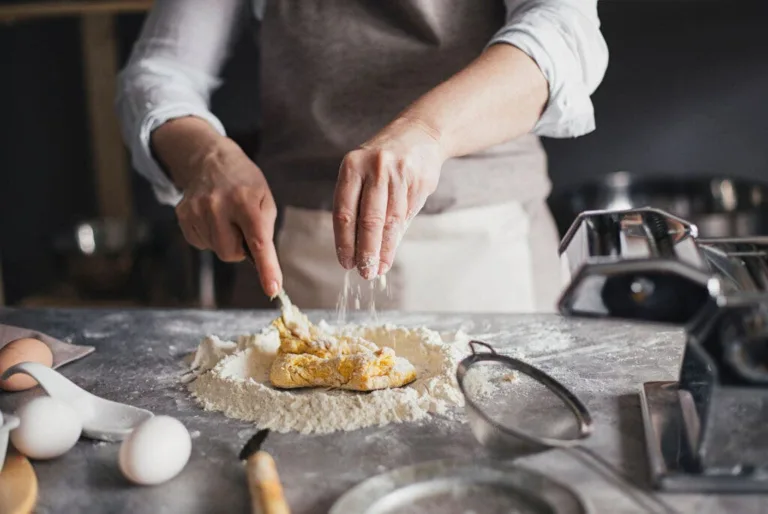Established in the 18th century, Château Malartic-Lagravière has been family-owned and -run since its inception, having exchanged hands three times only. The privileged custodian of the storied estate is now the Bonnie family, owners of Malartic-Lagravière since 1997.
Under the leadership of the Bonnies, the Château – granted Grand Cru Classé status in the 1953 Graves classification – has leveraged its reputation, thanks to its long history and respect for tradition, to become an example of forward-thinking and terroir-focused winemaking. Its expertly curated hospitality programme has also drawn international renown. The Château has set a new benchmark for sustainability in the region, through a holistic and pragmatic approach that goes from root to table.

Credit: Taylor Yandell Studio
Ecosystemic balance
‘Our focus, from the very beginning, was the quality of the wines. And the foundation for quality is the health of the vines,’ explains second-generation Séverine Bonnie, Director of Communication, Marketing and Hospitality at Malartic-Lagravière. ‘We’ve been following an ever more meticulous and mindful way of working the land to preserve the ecosystem and encourage biodiversity. This approach has allowed the vines to find a beautiful balance of their own. The vines are alive and it’s such a pleasure to walk through the plots and see how they reflect our deepest convictions. The wines, in turn, have gained depth and aromatic complexity.’
Château Malartic-Lagravière currently has 73 hectares under vine (seven planted with white grapes), all of which are managed following agroecological






